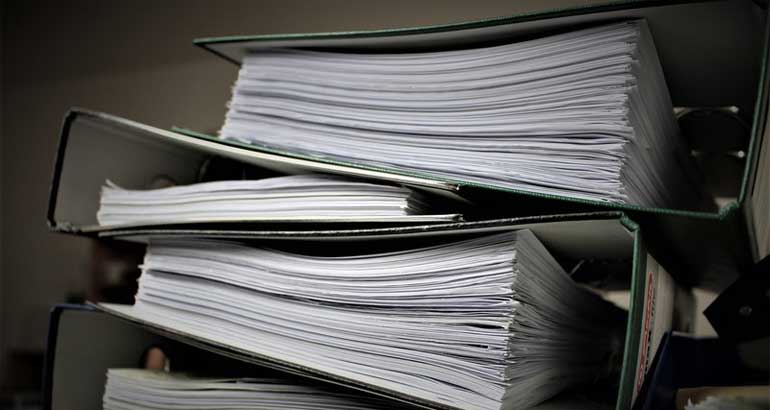Time Frame for Recovering Input Tax

The time has come to relook into your inward policy and cycle followed for input VAT recovery. The public explanation delivered by the Federal Tax Authority changes the recognition towards the Input VAT recovery taxpayers have accepted in the course of recent years.
Qualification for Input Recovery
As per Article 55 of VAT Law, Input Tax will be recovered when the Taxable Person:
- Gets and keeps the tax invoice; and
- Pays the consideration for the supplies;
In any case, to comprehend the recoverability of input tax, we should peruse the above Article 55 (1)(b) of VAT Law related to Article 54 (2) of VAT Executive Regulations, that gives, inter alia, if the taxable individual expects to make the instalment before the termination of six months after the concurred date for the instalment for the supply.
A consolidated perusal of Article 55(1) of VAT Law and Article 54 of the VAT Executive Regulations gives a solution to our above inquiry.
As needs are, the input tax must be recovered in the primary tax period wherein the accompanying two conditions are fulfilled:
- The tax invoice is gotten; and
- There is an aim to make the instalment of consideration for the supplies before the termination of six months after the concurred date of the instalment.
Clarification by FTA:
It might very well be a case that the taxpayer got the tax invoice; however, he may need to trust that the internal approvals will make the instalment. Federal Tax Authority (FTA) explains that in such a case the 2nd condition stated above isn’t fulfilled.
At last, the taxpayer has not validated the purpose to clear the invoice within six months of the due date. An internal endorsement cycle will show that the process for instalment has been locked in and subsequently the goal.
Considering the above mentioned, prior to recovering input tax, a taxpayer needs to validate that in addition to accepting a tax invoice, he has additionally fulfilled the state of framing a goal to make the instalment inside the endorsed period.
Where a tax invoice is obtained in one tax period, and the expectation of making the instalment is shaped in a later tax period, the qualification to claim input VAT falls in the later tax time frame; let’s say, the Eligible Tax Period.
For a situation where the taxpayer has not recovered the VAT in the tax time frame in which the qualification conditions are fulfilled, the taxpayer can recover the input tax in the subsequent tax period. It is acceptable to take note that the recovery can be stretched out for one tax period in particular.
Whenever input tax isn’t recovered in the eligible or the subsequent tax period, the taxpayer is needed to present a deliberate disclosure to change the VAT returns of both of the qualified or the ensuing tax time frame.
What are the Ramifications of Non-Payment of Consideration before the Expiry of Six Months after the Concurred Date of Instalment?
The taxable individual ought to diminish input tax in the VAT return of the tax time frame following the expiry of the six-month time frame after the concurred date of the instalment. Notwithstanding, upon the instalment of consideration, the taxable individual will again be qualified for recovering the input tax in the tax time frame in which the instalment is made.
It is evident from the above open explanation that taxable individual ought to consider a survey of its current seller bills not exclusively to recover input tax yet additionally to turn around input tax in the event of non-instalment consideration inside a six-month time frame after the concurred date of instalment and think about documenting voluntary disclosure.
The taxable individual is needed to execute a robust Accounting System to guarantee programmed input tax recovery and inversion, considering the above open explanations. Moreover, the system ought to have a reported instalment endorsement cycle to agree to the necessity to “substantiate intention to make instalment”.